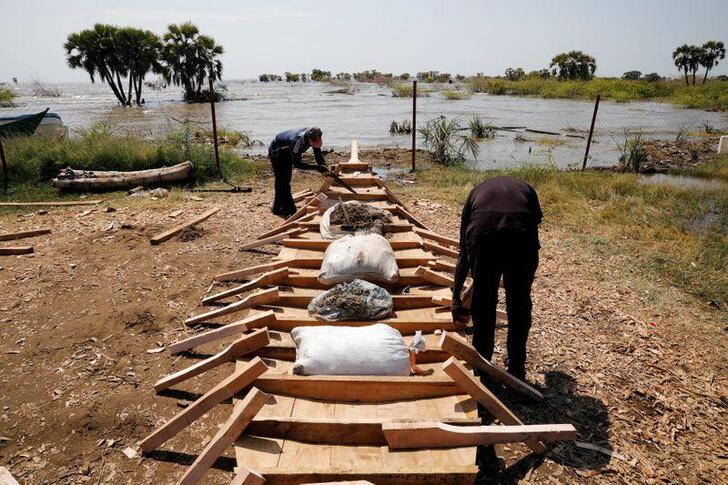×
The Standard e-Paper
Kenya’s Boldest Voice

Fishermen on the shores of Kenya’s Lake Turkana, the world’s biggest desert lake, have no doubt about what is to blame for their dwindling fish stocks: a giant hydroelectric dam built by Ethiopia on the River Omo, which feeds the lake.
“We are now seeing Nile perch stocks drastically reduce,” said fisherman Fitbo Lalukol. He says boats must sail much further out into the lake to get a good catch.